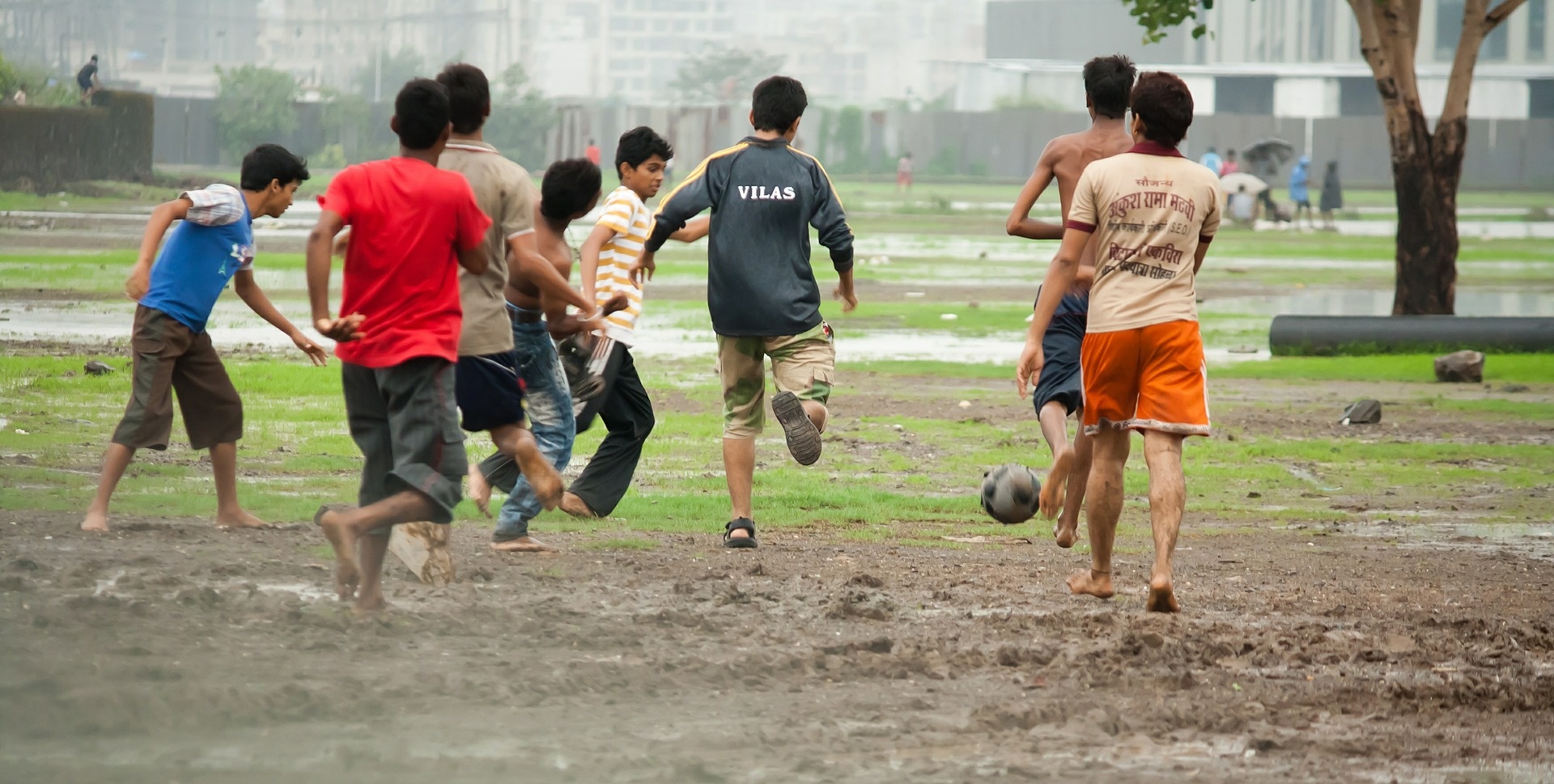By Rod MacLeod.
In recent years, large international NGOs have been much exercised with how best to organise themselves as ‘global families’.
In fact, these are not new questions. The Red Cross/Red Crescent movement has been grappling with such issues since the 19th Century. But there have been significant developments in the sector more recently, with organisations like ActionAid and Save the Children making major changes.
There is no simple blueprint for success. Fundamental questions abound. What is the best structure for an organisation with members in many countries? What are the most appropriate governance arrangements? What should be the role of the central Secretariat?
It is interesting to look for other examples that can shed some light on these issues.
FIFA has hardly been out of the news in the past year – for all the wrong reasons. Its President, Sepp Blatter has been suspended. Fourteen high ranking FIFA officials and associates have been indicted by the US on charges of “rampant, systemic and deep-rooted corruption”. The Swiss authorities have subsequently opened a criminal investigation.
Surely there is nothing for INGO families to learn from the FIFA case study? Think again. Simply put: FIFA is clearly such a disaster area, that all we have to do is look at its major problems… and make sure that we do the opposite.
So here are a few things to avoid…
1. The Leader Who Stays Too Long:
FIFA’s President Sepp Blatter epitomises so much that is wrong with the organisation. During his 17 year reign, allegations of lack of transparency, financial mismanagement, cronyism, shady deals and corruption have multiplied. At this point, it is hard to know if he can tell the difference between his own interests and those of the FIFA and the wider football community. Certainly he seems incapable of bringing about the fundamental changes that are so badly needed. Do any INGO senior leaders show any such ‘Seppish’ tendencies (e.g. Founder Director syndrome – see upcoming blog series by Rick James)? If so, they need to be shown the red card.
2. Inadequate Internal Accountability:
But it is wrong to lay every problem at Sepp Blatter’s door. Problems at FIFA predate him, while his potential successors do not inspire much confidence either. It sometimes seems as if nearly everyone involved in the set-up is conniving to promote each other’s interest at the expense of the wider footballing community, thanks to a serious lack of proper internal accountability. One sensible suggestion is that there should be two separate organisations: one that arranges football tournaments and sells the sport through broadcast rights and sponsorship, which is entirely independent the other which acts as a watch dog, monitoring remuneration and resource allocation. The importance of maintaining proper internal accountability also applies to INGOs. What should be done when a self-serving central body starts to promote its own interests over those of its members? Or what happens when an individual national member acts inappropriately? There need to be both the proper structures and the political will to address such issues robustly.
3. Developing the Wrong Organisational Culture:
What defines the prevailing FIFA culture? If you had to name the three most important elements, they would have to be money, money and money, which has been used to reward senior figures with massive salaries and benefits and create an environment in which lucrative informal ‘arrangements’ are practically inevitable. INGOs do not find it so easy to raise such large sums (and have competitors breathing down their necks if their reputations are sullied), but the largest organisations do now have budgets of several hundred million dollars per year. This brings risks. INGOs must be cautious of rewarding senior staff and board members too generously, or allowing political considerations to influence allocation of resources. Of course money is necessary, but when it starts to distort priorities, then trouble is brewing.
4. Losing Sight of the Mission:
 There are victims in all of this. Weak leadership, poor accountability and high consumption of resources at the top have a cost. In fact, FIFA does sometimes live up to its status as a registered charity with some valuable work at the community level. But how much more such work could be done if the organisation was better managed? For INGO families, while they have nowhere near the same problems, developing a multi-national corporate structure can also move them away from their missions of addressing poverty, inequality and human rights violations. When ‘globalising’, what consideration is given to the effects on local civil society organisations and programme beneficiaries? Do they lose out in the need to satisfy the requirements of the big players, donors and the insatiable demand for continuous financial growth?
There are victims in all of this. Weak leadership, poor accountability and high consumption of resources at the top have a cost. In fact, FIFA does sometimes live up to its status as a registered charity with some valuable work at the community level. But how much more such work could be done if the organisation was better managed? For INGO families, while they have nowhere near the same problems, developing a multi-national corporate structure can also move them away from their missions of addressing poverty, inequality and human rights violations. When ‘globalising’, what consideration is given to the effects on local civil society organisations and programme beneficiaries? Do they lose out in the need to satisfy the requirements of the big players, donors and the insatiable demand for continuous financial growth?
Conclusion
FIFA is the leading body for what is undoubtedly still the ‘beautiful game’, offering many positive lessons. But it has shown an ugly face in recent times. For the sake of football, we can only hope that it is somehow able to turn itself around.
The comparisons with INGOs may seem far-fetched and none, thankfully, are in such dire straits. But neither can they afford to be complacent about avoiding the ‘FIFA disease’.
Video courtesy: Youtube/Sky News
Image credit: PDpics via Pixabay CC licensing.